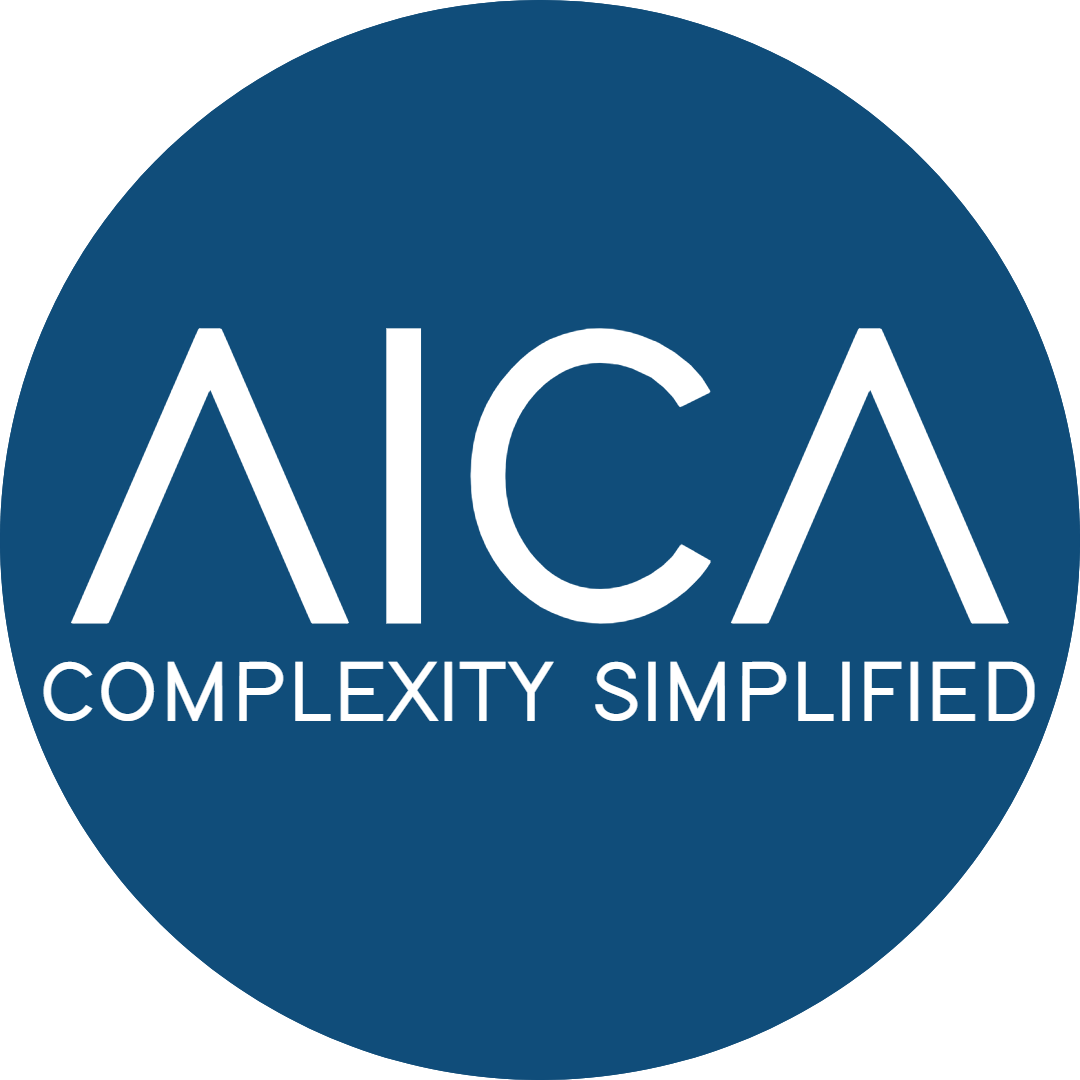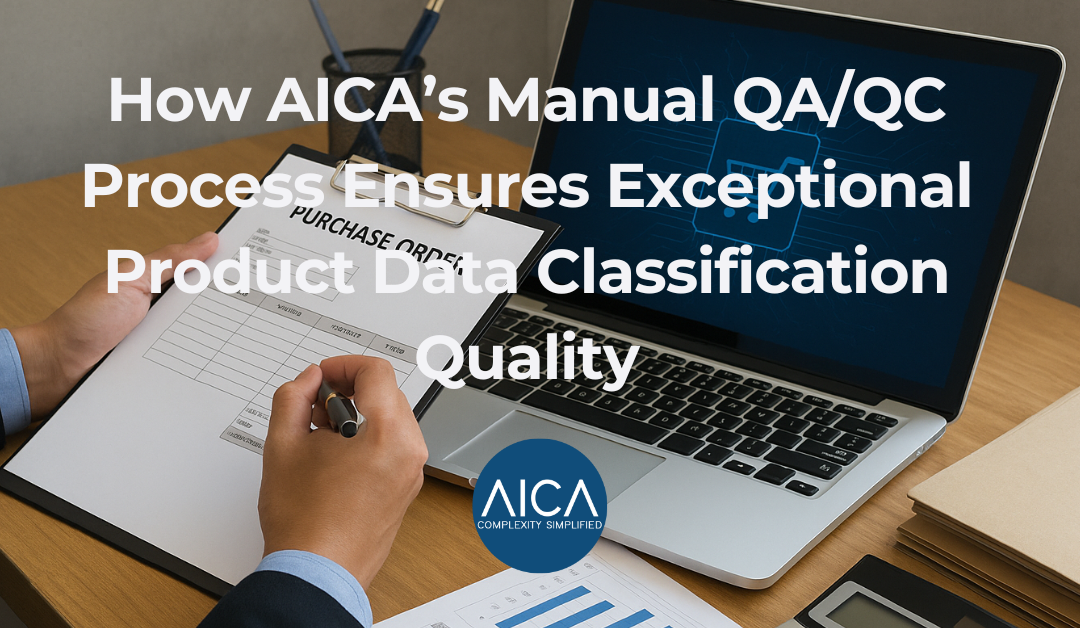AI is beginning to transform how organisations cleanse, enrich, and classify product data. Automation brings unmatched speed and scalability, but true data quality still depends on a human touch.
At AICA, we believe the best results come from a hybrid model: AI-driven automation supported by expert manual QA/QC (Quality Assurance and Quality Control). This approach consistently achieves over 90% classification accuracy, giving enterprises the reliability they need for ERP, procurement, and digital transformation.
Why Manual QA/QC Still Matters in the Age of AI
Even the most advanced automated classification systems face challenges when dealing with ambiguous or incomplete records. Issues such as inconsistent supplier data, local abbreviations, or missing attributes can lead to uncertainty.
That’s where manual QA/QC comes in.
Our experts validate classifications, refine mappings, and resolve contextual ambiguities that AI alone cannot interpret. The result is a dataset that’s not only accurate but also contextually correct and enterprise-ready.
In short, automation ensures speed, human validation ensures trust.
How AICA’s QA/QC Framework Works
Our QA/QC process follows a rigorous, multi-stage validation framework designed to identify and correct potential errors before delivery.
1. Confidence Scoring and Exception Isolation
Every record processed by AICA’s Agentic AI platform is assigned a confidence score:
- ≥90% confidence – validated as high accuracy
- 80–89% confidence – flagged for light review
- <80% confidence – routed to a human review queue
This ensures that only records requiring expert attention enter the manual QA/QC workflow, maximising both efficiency and quality.
2. Domain-Specific Expert Review
Our QA teams are not general reviewers. They are data specialists with experience across MRO, industrial, manufacturing, and procurement domains.
They verify:
- Correct UNSPSC, GS1 GPC, or ETIM code assignment
- Attribute completeness (dimensions, materials, OEM numbers, tolerances)
- Consistency across product families and supplier data
This domain expertise ensures contextual accuracy that automation alone cannot achieve.
3. Continuous Feedback Loop
Every manual correction is fed back into AICA’s machine learning models.
This human-in-the-loop feedback continuously improves the AI’s ability to manage complex or ambiguous product descriptions — increasing accuracy and reducing manual intervention in future projects.
Quality Outcomes You Can Measure
AICA’s QA/QC process delivers measurable improvements in enterprise data reliability:
- 90%+ classification accuracy across product and service data
- Fewer duplicates and supplier mismatches
- Improved ERP and procurement reporting accuracy
- Consistent taxonomy alignment across systems and regions
By combining automation with expert validation, we deliver clean, auditable, and scalable datasets, the foundation for compliance, sourcing efficiency, and operational excellence.
Why Our Approach Works
What sets AICA apart is not just our technology, but our commitment to data stewardship.
Every project we deliver is guided by three principles:
- Accuracy First – We validate every classification to ensure confidence in results.
- Context Matters – Our domain experts review classifications with real-world understanding.
- Client Data Protection – We don’t train our AI models on your data.
This ensures that our clients receive the highest possible data quality, no exceptions, no compromises.
Conclusion
Automation can process millions of records, but quality data requires human insight.
By integrating expert QA/QC into our AI-driven classification process, AICA delivers the best of both worlds: the speed of automation and the precision of human expertise.
Clean, accurate, and consistent data is the foundation of every successful ERP, EAM, or procurement system — and with AICA’s QA/QC framework, that foundation is stronger than ever.
Visit our website to learn how AICA’s hybrid QA/QC model ensures reliable, high-quality product data classification at scale.
Copyright Reserved © AICA Data International Ltd 2025

